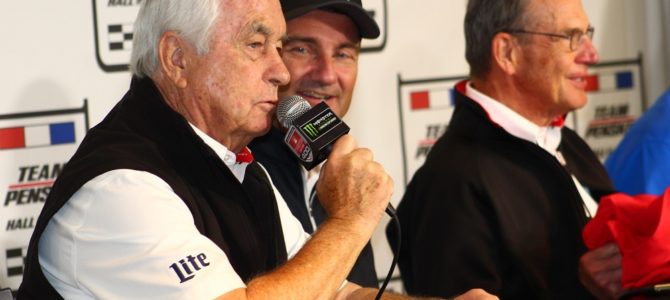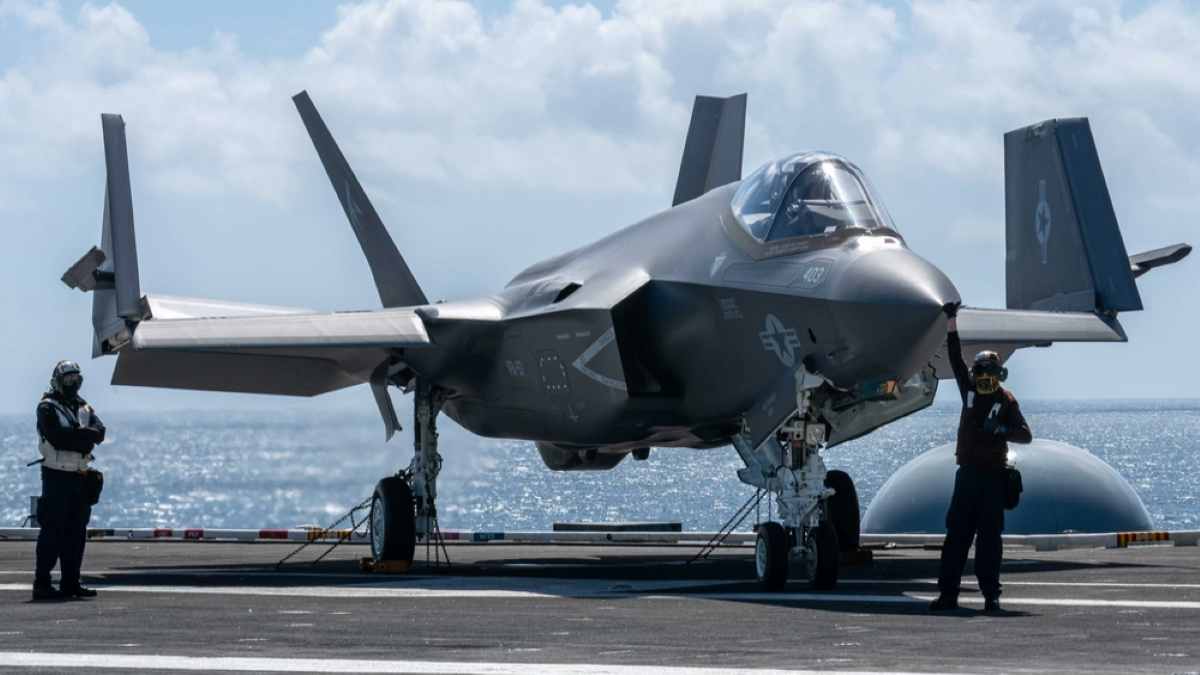
Particularly in sports, crowds and fans flock to the proverbial underdog, who comes out of nowhere to shock the world. From the “Miracle on Ice” to the 1969 “Amazin’ Mets” to Leicester City’s famous rise to the top of England’s Premier League three years ago, few things carry more appeal than the gritty players and teams that take on the role of David and stun proverbial Goliaths.
Except when corporate sponsors get involved. On the eve of this year’s Indianapolis 500, a movement remains afoot within racing circles to eliminate one of the things that makes the world’s largest single-day sporting event great: The promise that the fastest 33 cars—and only the fastest 33 cars—will make the race’s starting grid.
Rumored proposals that would guarantee certain cars a spot in the Indy 500, largely so sponsors can remain happy, would replace the best form of meritocracy with corporate welfare.
The Thrill of ‘Bump Day’
Even casual fans may know that the Indy 500 starts a field of 33 drivers, a tradition dating back to 1933. Diehard racing buffs know that, after the several days of time trials to set the 500’s starting grid, only the 33 fastest cars make the field.
Historically, that has meant high drama during the final days, and hours, of qualifications, as drivers and teams scramble to find the extra speed needed to remain in the field, or knock a faster driver out—a phenomenon called “bumping.” Over the years, quite a few prominent drivers and teams saw heartbreak during “Bump Day,” because they failed to qualify for the 500:
- In 1991, Willy T. Ribbs became the first African-American to qualify for the Indy 500 by bumping 1983 race winner Tom Sneva from the field;
- In 1993, Bobby Rahal, the defending series champion, and winner of the 1986 Indy 500, got bumped out of the field;
- In 1994, Team Penske—which had won the race 10 times previously, and was the defending race champion—saw both their drivers, each former winners of the Indy 500, fail to make the race;
- Just last year, fan favorite and 2016 Indy 500 polesitter James Hinchcliffe failed to make the field.
That most recent development didn’t sit well with certain car owners. In the weeks leading up to this year’s 500, owners Roger Penske (who, as noted above, failed to make the field in 1995) and Chip Ganassi said they wanted to explore guaranteed starting spots for teams that field cars for the entire season, as opposed to just the Indy 500. Penske and Ganassi both claim that corporate sponsors and teams who commit for an entire season should have the automatic right to compete in the season’s biggest race.
Events in the past week only brought that simmering drama to the boil. On Sunday, Fernando Alonso—a two-time Formula One champion, seeking to become only the second driver ever to win the Triple Crown of Motorsport—failed to make the Indy 500 field. While Alonso and his McLaren team only entered a car for the Indy 500, their heavily funded, corporate effort got bumped at the last minute by a small team with a shoestring budget—another proverbial David conquering Goliath.
Owners Flip-Flopping
Alonso had the right attitude heading into Bump Day: “If we can’t make [the field], we can’t make it, and it’s because we don’t deserve it.” His comments echoed Roger Penske back in 1995, when his legendary team got shut out from the field at Indianapolis:
I’ve got to take the responsibility for not getting into the race….We are not going to buy our way into this race [by purchasing a ride from a qualified team]. We had an opportunity to compete on a level playing field and we did not get the job done.
Exactly right. Ironically enough, Penske and his fellow owners boycotted the Indy 500 beginning the very next year, in 1996, over this same issue. In that year, Indianapolis Motor Speedway President Tony George designated 25 starting spots in the Indy 500 field for participants in his new racing league. Penske, Ganassi, and the established owners balked at this attempt to rig the Indy 500 starting grid, which triggered a split in open-wheel racing from which it took the sport decades to recover—if it has fully recovered at all.
In defending his flip-flop on guaranteed starting spots, Penske claimed that “times have changed” since he took the opposite view in 1995-96. Indeed they have. The Internet and social media have made it much easier to organize fan boycotts if team owners want to make another bone-headed rules change to feather corporate sponsors’ pockets.
No, Everyone Doesn’t Get a Medal
Fans overwhelmingly oppose this proposed change, as do several legends of the sport. Bobby Rahal, who failed to make the Indy 500 field in 1993 and now owns a team of his own, said guaranteeing starting spots to certain teams is “not loyal to…the history of the 500.”
One of the biggest names in sport, Mario Andretti, agrees: “Don’t meddle with tradition….At Indy, what keeps this event as precious as it is: It’s tradition. You don’t meddle with that.”
Owners should follow these legends’ advice. As Andretti rightly noted, the Indy 500 has a storied tradition, and is finally beginning to recover from the splits that tore open-wheel racing apart two decades ago. Greedy owners shouldn’t screw it up by creating another attempt at cronyism for well-heeled corporations.
If teams’ corporate sponsors want to participate in the “Greatest Spectacle in Racing,” they should follow a novel concept: Earn it the old-fashioned way.









